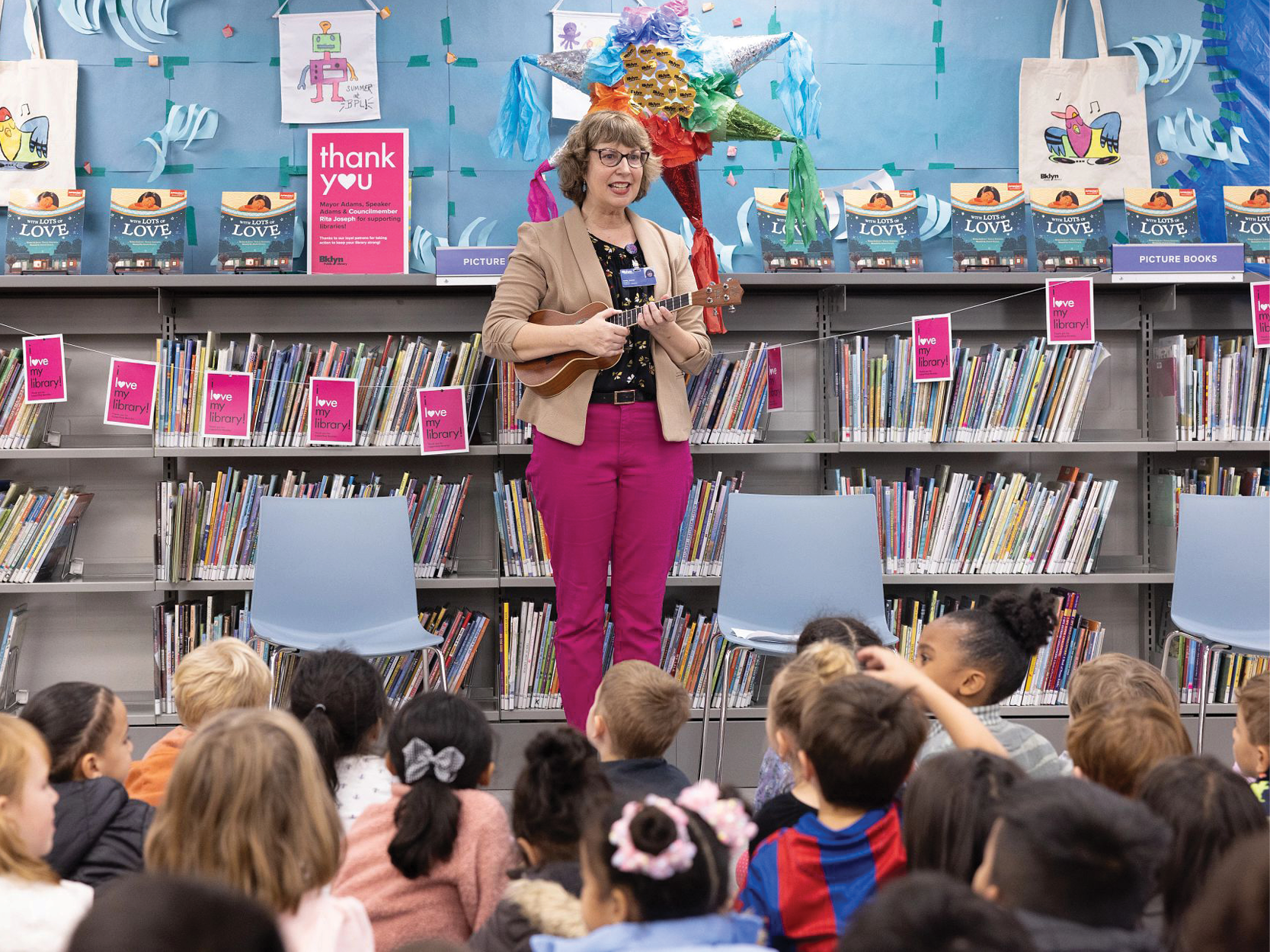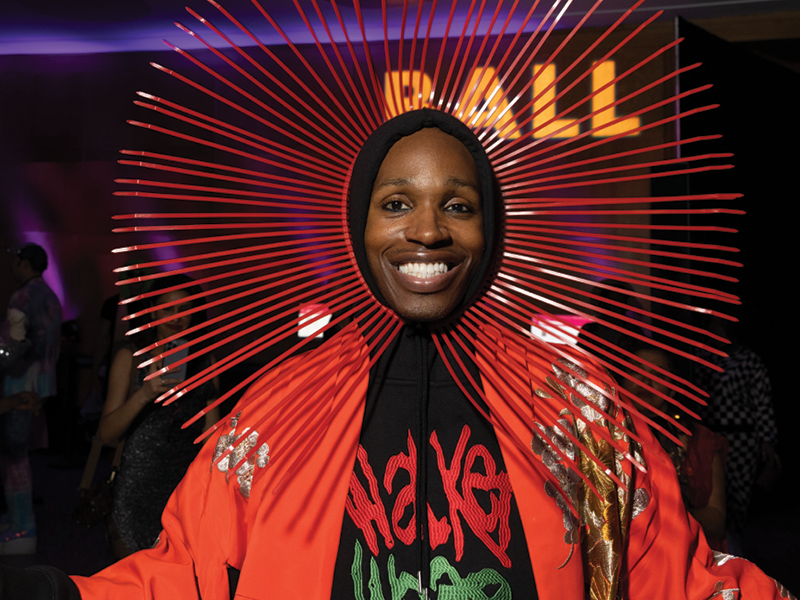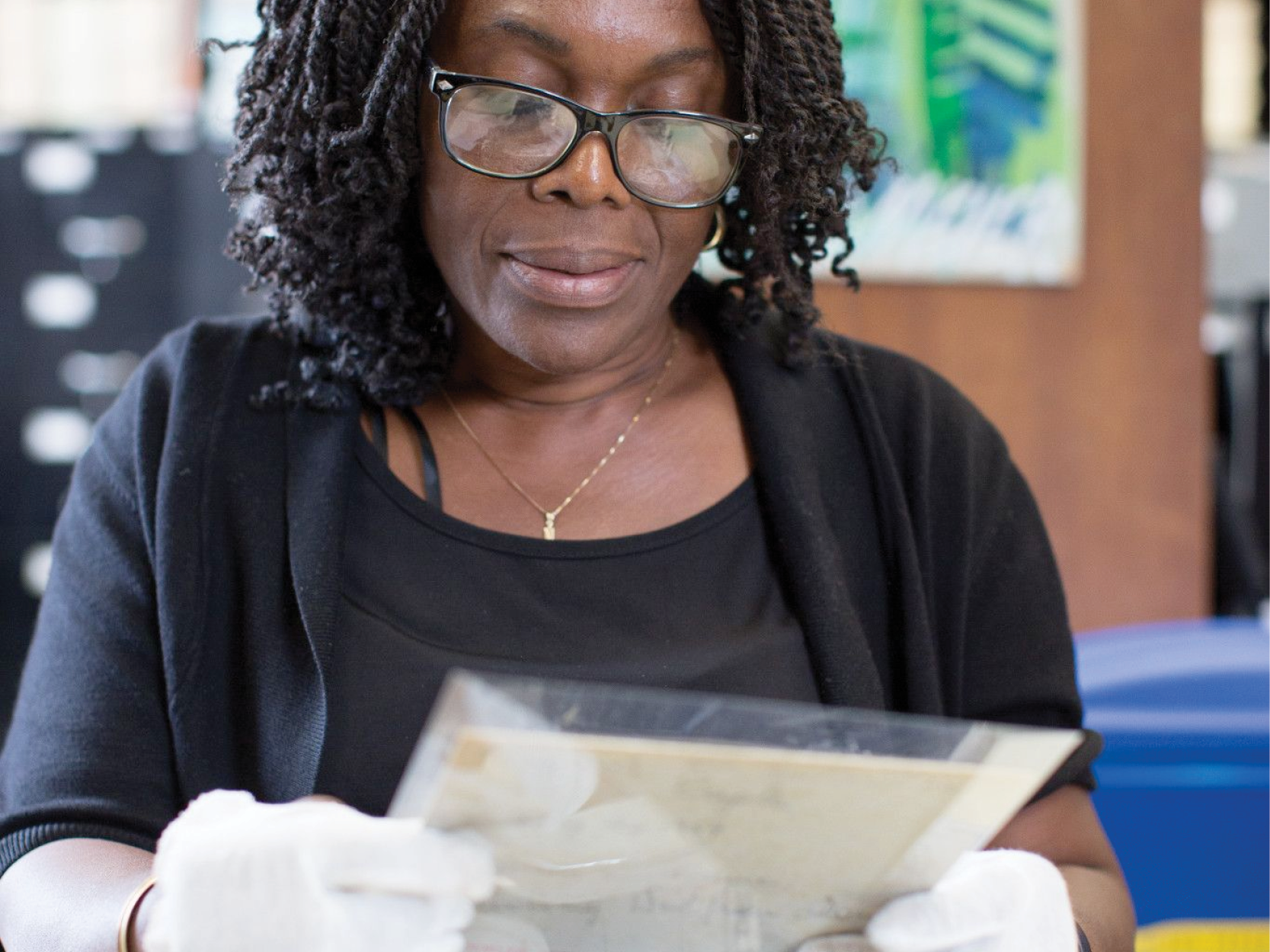Brooklyn Connections is the education outreach program in the Brooklyn Collection, focused on cultivating 21st Century learning skills in students and supporting teachers on the incorporation of archives materials into curricula. This blog post is part of a series from the Brooklyn Connections team, sharing skills and ideas for using archives primary source material in the classroom. As part of our work, we create Primary Source Packets to help students and teachers access primary source material from the Brooklyn Collection about local history topics. Each Packet contains one secondary source which provides a general introduction to the topic, followed by at least ten primary sources accompanied by document based questions.
March is Women’s History Month, so as we highlight a Primary Source Packet that will help you and your students understand the role of women in Brooklyn’s history, this is also a great opportunity to reflect on some tips for doing research about women.
We spent some time last summer exploring the Brooklyn Botanic Garden in preparation for our upcoming teacher workshop on the history of the Botanic Garden, and we were amazed to learn about the key role women have played throughout its past. While combing our own archive, it took a little extra work to dig up the archival evidence of these accomplishments.
Where did we start? Our digital collections give access to over 20,000 historic photographs, including many of women in the Botanic Garden. Here’s a great example:
.jpg)
In the accompanying digital collections record, the summary for this photograph comes from the Brooklyn Daily Eagle: “Close-up view of Wilma Wescott holding a flowering cherry tree branch in the Brooklyn Botanic Garden.”
It sounds like Wilma might’ve been a visitor to the garden who just happened to like cherry trees. But if we dig a little farther – this time in another Brooklyn Daily Eagle article that we can access online through Brooklyn Newsstand – we find out that she was an employee, teaching horticultural classes:
.jpg)
Our steps to finding out about Ms. Wescott’s role as a horticultural instructor were to:
- Find a name, title, or other keyword
- Search for that in other sources
This basic research practice of cross-referencing is useful for any kind of research, and it is extra important when we are researching women in history: their lives are often only partially documented, and we'll need to compare sources to get the full story. I describe this process to students as similar to doing a puzzle, where we only get the entire picture if we put a bunch of pieces together.
Let's try another example: Our digital collections also provide a great photograph of Winifred Haddock, age 19. The photograph caption only mentions that she is “an employee”.
.jpg)
If we search for Ms. Haddock in Brooklyn Newsstand, we find out how impressive this teenager actually was: she was assistant curator of instruction and delivered a lecture on roses to the Horticultural Society of New York:
.jpg)
Our third puzzle looks at the ways women documented scientific work at the Botanic Garden. We had heard from staff during our visit to the Brooklyn Botanic Garden that women played a key role in creating horticultural drawings. Finding the evidence for this was trickier: we needed to look through records of the Botanic Gardens and then search elsewhere after finding key names.
To start, we looked in the Brooklyn Botanic Garden Record and found a name: Miss. Maud H. Purdy’s drawings apparently played a key role in research on flower structures:
.jpg)
We tried our trick of searching Miss Purdy's name in other places: this time, we used Google Scholar to search for the scientific article mentioned above in the Garden Record. Google Scholar is a great place to search for academic articles, and it will link to open access copies of these articles, if available. We found the article mentioned, and Miss Purdy’s drawings show her tiny signature in the bottom right corner:
.jpg)
Doing research on women throughout history can be a tricky: more than with many other research topics, we won’t often find what we’re looking for in one place. The opportunity to dig further and be creative with finding the whole story can be fun!
Check out more ways that women played a role in the history of Brooklyn Botanic Garden through our Primary Source Packet. Who's YOUR favorite female figure in the history of Brooklyn?
This blog post reflects the opinions of the author and does not necessarily represent the views of Brooklyn Public Library.
Post a Comment
While BPL encourages an open forum, posts and comments are moderated by library staff. BPL reserves the right, within its sole discretion, not to post and to remove submissions or comments that are unlawful or violate this policy. While comments will not be edited by BPL personnel, a comment may be deleted if it violates our comment policy.
eNews Signup
Get the latest updates from BPL and be the first to know about new programs, author talks, exciting events and opportunities to support your local library.







